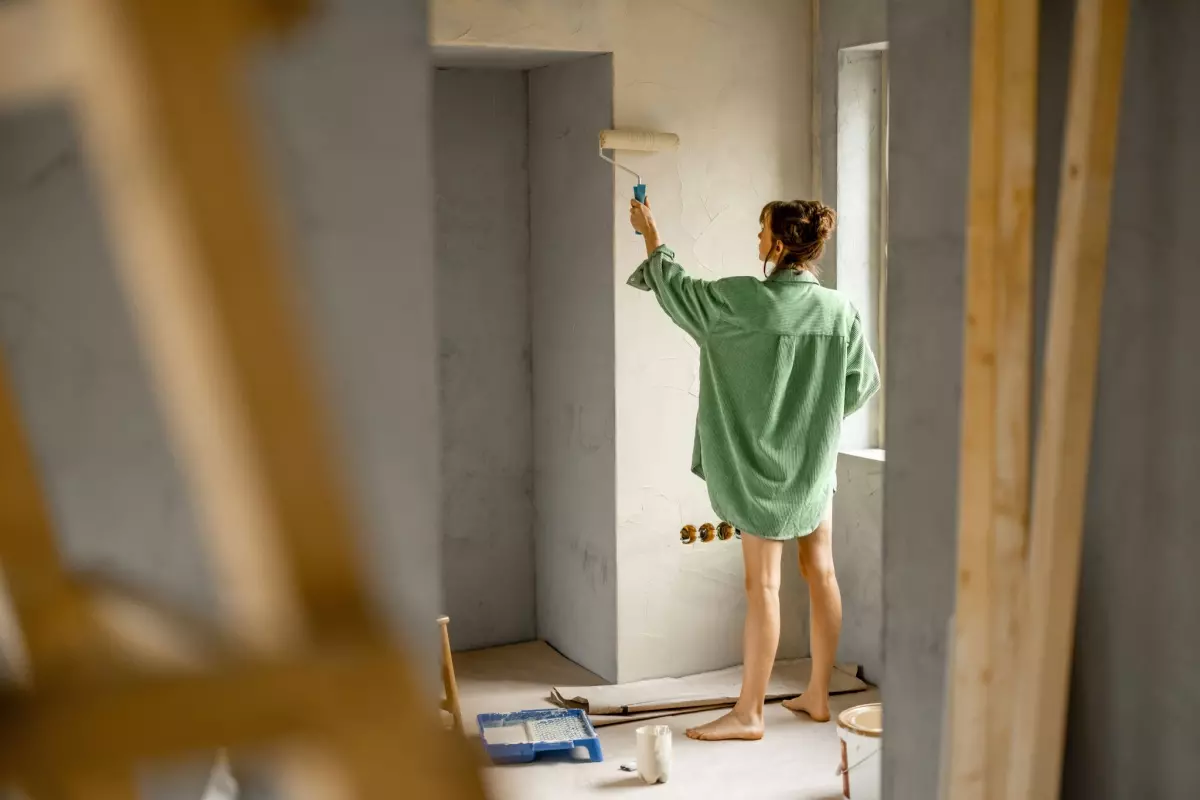Picture this: you’re standing in your soon-to-be renovated kitchen. You imagine tearing down walls and seeing that island you’ve always dreamed of. It’s easy to get carried away with exciting ideas, but costs can spiral without a solid financial plan, such as kitchen renovation financing. Enter the 30% home renovation rule.

Put simply, the 30% rule of home renovation advises that your total renovation costs should not exceed a third of your home’s purchase price. We’re going to learn all about this rule in this blog. So, let’s begin!
The 30% home renovation rule is often used in renovation planning. It states that your spending on renovation costs should not be more than 30% of your home’s purchase price. This rule aims to help homeowners improve their homes without the risk of overcapitalization. In other words, it ensures you don’t spend more on renovations than the value they add to your property.
This rule isn’t a safety net but a strategic budgeting tool. It encourages you to prioritize projects that add the most value and enjoyment, helping you allocate your resources effectively. It’s also a great tool to use when you are trying to finance a home renovation.
Let’s see how this rule works through a representative example.
Suppose you purchased your home for $400,000. When applying the 30% rule, your renovation should not exceed the following:
$400,000 * 30% = $120,000
To comply with the rule, you should invest no more than $120,000 in renovations. It’s better to keep the costs lower than this threshold and also include a buffer for unforeseen expenses, such as material price increases or upgrades to electrical systems.
Applying the 30% rule lets you decide where to invest in your home. You can be confident that your choices are financially sound and aligned with your long-term property goals.
Here are some of the benefits of the 30% home renovation rule:
I always encourage friends and clients to think deeply about what truly matters to them in their living space before they start the remodeling process. Let’s explore some factors to consider that should guide your decisions, ensuring that your renovated home looks great and fits your financial goals:
So how do you implement the 30% home renovation rule? It’s one thing to know the theory, but it’s a totally different thing to use it in practice. Here are some tips to remember before starting your renovation project.

Here are some practical tips to effectively cut costs during your renovation project:
Consider the immediate impact of your renovations and how they will affect your home’s future. Moreover, installing energy-efficient features like new windows or better insulation can attract buyers looking for sustainable and cost-effective homes, ensuring your updates are practical and profitable.
Additionally, if you plan to remain in your home during your golden years, consider incorporating age-in-place features like wider doorways or a walk-in shower now to prevent needing to make these purchases in the future.
Keeping within the 30% threshold can save you money, but that doesn’t mean you should deviate from your renovation project’s vision. If you have a design in mind, look for a solution that realizes your vision while staying within your budget. Whether you lean more towards minimalism or modern sophistication, identifying your style will easily guide your renovation decisions.

As you’ve seen, the 30% home renovation rule is about thoughtful planning and strategic decision-making. Use it as a starting point, but also listen to your instincts and personal needs. So, as you move forward, keep these insights in mind, engage with the process, and watch as your vision comes to life in the most fulfilling way.